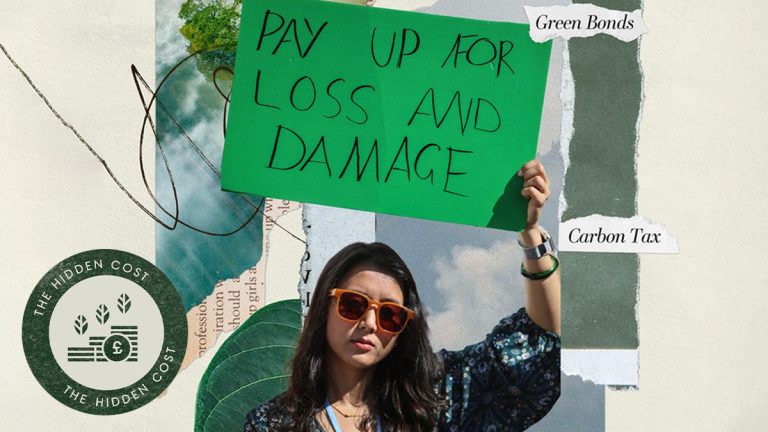
In our new series, The Hidden Cost, Vogue Business breaks down everything you need to know about climate finance as it relates to fashion’s supply chains. No jargon, just insights. Read more here.
Climate finance can seem inaccessible at the best of times, but its impact is universal. It can help fund decarbonisation in fashion supply chains, or help communities on the frontlines of the climate crisis access loss and damage funds. It can take the form of macroeconomic interventions or micro-grants for grassroots initiatives. It can come from governments, private enterprises or anyone in between. At the next United Nations Climate Change Conference (COP30) in November, it will be the main topic of negotiations.
Consider this your essential guide to climate finance: designed to be beginner-friendly, but just as useful for experts to refer back to. It has been published in partnership with The Conversation, an independent source of informed comment written by academic experts. It includes all of the most important climate finance terms, as well as few complementary definitions from the broader climate space, such as carbon offsetting and carbon budget. We may add to it from time to time, as the sector evolves.
Blue bonds
Blue bonds are debt instruments designed to finance ocean-related conservation, like protecting coral reefs or sustainable fishing. They’re modelled after green bonds, but focus specifically on the health of marine ecosystems — a key pillar of climate stability.
By investing in blue bonds, governments and private investors can fund marine projects that deliver both environmental benefits and long-term financial returns. Seychelles, the island republic in the Western Indian Ocean, issued the first blue bond in 2018, worth $15 million over 10 years. Now, more are emerging as oceans rise on the global sustainability agenda. As of June 2025, the World Bank estimates that the blue bond market has grown to $15.25 billion in cumulative issuance.
By Narmin Nahidi, assistant professor of finance at the University of Exeter
Carbon border adjustment
The carbon border adjustment mechanism is about to shake up the way we trade, produce and price carbon. The European Union’s proposed policy, which is due to be enacted by 2026, will put a carbon price on imports like iron, cement, fertiliser, aluminium and electricity — the latter of which would have a direct impact on fashion production. If a product is made in a country with weaker climate policies, the importer must pay the difference between that country’s carbon price and the EU’s. The goal is to avoid “carbon leakage”, which is when companies relocate to avoid emissions rules.




